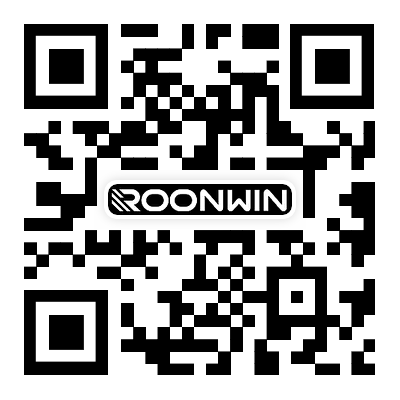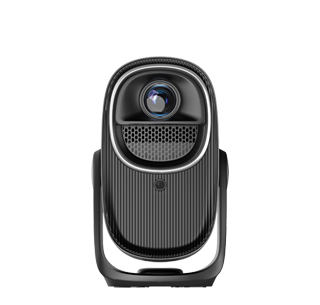
DLP Exclusive Customization! Projector ODM Solutions for Rapid
Implementation of High-Definition, Scene-Based Products
A customer wanted to develop a mini DLP projector, but the foundry was
unable to meet the requirements due to poor compatibility between the DLP chip
(such as TI DLP Pico) and the optical engine, resulting in color deviation (ΔE ≥
3.5). After three months of repeated debugging, the image still failed to meet
the requirements. A business DLP projector requires 4K resolution and 60Hz
refresh rate integration. Traditional foundries have insufficient optical engine
calibration accuracy (focus deviation ≥ 0.1mm), resulting in a batch yield of
only 85%, with rework costs eating up 15% of profits. After delivery of an
educational short-throw DLP projector, the customer reported slow keystone
correction response (≥ 5 seconds). Due to a lack of understanding of the
underlying logic of DLP technology, the foundry was unable to resolve the issue
within 10 days of after-sales service. The core competitiveness of DLP
projectors (high contrast, fast image response, and miniaturization) relies
heavily on the coordinated optimization of the DLP chip and optical engine. The
traditional foundry model, lacking in-depth DLP technology adaptation
capabilities and customization experience, will ultimately fall into this trap.
The dilemma of "technical bottlenecks, inefficient mass production, and a
disconnected user experience."
Traditional DLP projector OEMs directly address the following pain points:
They can only produce standardized DLP models (e.g., a fixed 0.33-inch chip with
300 lumens), failing to meet customer demands for "miniaturization, high
brightness, and scenario-based design." DLP optical and mechanical calibration
relies on manual labor (e.g., visually assessing the coaxiality between the lens
and the chip), resulting in image uniformity of ≤85%, and false contrast (a
nominal 10,000:1 is only 3,000:1 in reality). Functional integration
capabilities are weak (e.g., if a customer requires AI voice integration, the
OEM must purchase an additional module, resulting in poor compatibility). There
is no technical collaboration with TI (the original DLP chip manufacturer),
resulting in delayed chip selection and firmware upgrades, and new product
launches are 2-3 months later than those of competitors. After-sales service
only handles basic issues and is unable to respond to technical questions such
as DLP chip drivers and optical and mechanical color calibration. Our DLP
projector ODM solution, centered around "deep DLP technology collaboration +
customized optical and mechanical development + full-process mass production
support + after-sales technical support," precisely addresses industry pain
points, enabling customers to quickly launch DLP projector products with
superior image quality, a great user experience, and precise compatibility.
Why is ODM an efficient choice for implementing DLP projectors? Five core
advantages
1. Exclusive DLP chip adaptation: Precisely matching image quality
requirements
We collaborate closely with Texas Instruments (TI) to customize adaptation
solutions for different DLP chip models, unleashing the advantages of DLP
technology:
Chip selection and optimization: We cover TI's full range of DLP chips—the
0.23-inch Pico chip (suitable for mini projectors, down to the size of a palm),
the 0.33-inch chip (for portable home use, 1080P resolution + 500 lumens), and
the 0.47-inch chip (for mid-to-high-end models, 4K resolution + 2000 lumens). We
optimize chip driver parameters based on customer image quality goals (e.g.,
10,000:1 high contrast for home use, 60Hz high refresh rate without smearing for
business use). For example, for the 0.47-inch DLP4710 chip, we increase the
dynamic contrast ratio from 8,000:1 to 1,000:1 through firmware tuning.
12,000:1, improving resolution of dark details by 40%;
Chip and component compatibility: Preventing compatibility issues between
DLP chips, light sources, and lenses. For example, pairing the DLP Pico chip
with a micro LED light source (reducing volume by 50%) resolves the traditional
foundry's "small chip but large optical engine" dilemma, helping customers
develop mini DLP projectors ≤3cm thick. Optimizing the PCB layout (signal
impedance matching 50Ω±10%) to meet the high-speed signal transmission
requirements of the DLP chip prevents image freezes and color banding (the
incidence of this problem in traditional foundry solutions is 12%, while the ODM
solution reduces it to 0.5%).
2. Optical Engine Module Customization: Adapting Scenario-Specific Size and
Image Quality
Based on customer scenario requirements, we customize DLP optical engine
modules to balance the "image quality, size, and cost" triangle:
Miniaturized optical engine development: Targeting mini home and in-car DLP
applications, we utilize an integrated chip-lens design, enabling optical engine
dimensions as small as 30mm × 40mm × 20mm (traditional OEM optical engines are ≥
50mm × 60mm × 30mm). For example, in a customized palm-sized DLP projector, the
optical engine accounts for only 35% of the total volume, and the weight is kept
under 200g, meeting portability requirements.
High-brightness and short-throw customization: Targeting educational and
business scenarios, we develop high-brightness optical engines (supporting up to
4000 lumens, using an RGB laser light source) and short-throw optical engines
(throw ratio 0.4:1, projecting 100 inches at 1 meter), such as educational DLP.
The projector's aspherical lens design enables glare-free short-throw
projection. Combined with the high-contrast DLP chip, the projector's blackboard
clarity is improved by 30%.
Automated optical calibration: A dedicated DLP optical calibration line has
been established, utilizing machine vision positioning (with an accuracy of
±0.002mm) to automatically complete lens and chip coaxial alignment, color
uniformity adjustment, and focus parameter setting. This improves image
uniformity from 85% with manual calibration to 95%, with a batch calibration
efficiency of 300 units per hour (compared to only 50 units per hour with manual
calibration), and a consistently high optical yield of over 99.5%.
3. Full-Function Integration: Integrate scenario-specific capabilities on
demand
Based on the needs of the customer's target market, we deeply integrate
intelligent functions, interfaces, and interaction design to avoid "feature
stacking":
Intelligent System Adaptation: For home use, we integrate intelligent
systems such as Android TV and FengOS, optimize the collaboration between the
DLP chip and the system (e.g., quick wake-up time ≤ 2 seconds, compared to 5
seconds for traditional OEMs), support AI voice control (e.g., "Open Tencent
Video," "Adjust Brightness"), and achieve a voice recognition rate ≥ 95%. For
business use, we develop a "one-click screen casting" function (supporting HDMI
2.1 and wireless Miracast), with a projection delay of ≤ 30ms, resolving the lag
issue often associated with traditional DLP projectors.
Battery Life and Interface Customization: We customize a high-density
battery (10,000mAh, supporting 3 hours of viewing time) for portable DLP
projectors, paired with PD 65W fast charging. We also reserve interfaces (e.g.,
USB-C, HDMI, TF card slot) based on customer needs, such as waterproofing for
outdoor DLP projectors. Type-C interface, meeting IP54 protection
requirements;
Image quality enhancement algorithms: Self-developed DLP-specific image
quality algorithms include dynamic noise reduction (reducing dark noise), color
enhancement (restoring the DLP chip's wide color gamut, covering 92% of DCI-P3),
and keystone correction (six-way automatic correction, with a response speed of
≤1 second). After algorithm optimization, user satisfaction with image quality
on a certain home DLP projector increased from 82% to 96%.
4. Mass Production Guarantee: Efficient Delivery and Controllable
Quality
A dedicated mass production system for DLP projectors has been established
to address the challenges of "difficult small-batch customization and poor
quality control in large-volume production":
Flexible production capabilities: Supports small-batch trial production
(MOQ 50 units) and large-volume delivery (monthly production capacity of 100,000
units). A safety stock inventory is established for core DLP optical engine
components (such as chips and lenses), shortening lead times—from design
confirmation to mass shipment in just 15-20 days (compared to 30-45 days for
traditional OEMs).
Full-Process Quality Inspection: A dedicated DLP quality inspection process
includes chip function testing (to ensure proper DLP chip driver operation),
optical engine performance testing (brightness, contrast, and color accuracy),
and overall stability testing (72-hour high-low temperature cycling, -10°C to
45°C). The batch defect rate is controlled within 0.3%. The "rainbow pattern"
issue (DLP projectors) is addressed. By optimizing polarizers and adjusting the
rotation speed, the rainbow pattern rate was reduced from 10% to 0.5%.
Cost Optimization: By purchasing DLP chips in bulk (in collaboration with
authorized TI distributors) and independently producing optical engines, we
reduce the cost of core components. With the same configuration, the ODM
solution offers a 12%-18% lower cost than traditional OEM solutions, helping
customers achieve more competitive pricing.
5. Technical and After-Sales Support: Solving DLP-Specific Problems
Leveraging our DLP technology expertise, we provide full-cycle support from
R&D to after-sales service, avoiding technology gaps:
R&D Collaboration: We assist customers with DLP chip selection, patent
avoidance, and certification applications (such as CE, FCC, and 3C). We also
provide DLP technical documentation and firmware upgrade support. For example,
when a customer was developing a 4K DLP projector, our ODM team assisted them in
resolving compatibility issues between the chip and the 4K decoder board,
shortening their R&D cycle by 40%.
After-Sales Technical Response: We have established a dedicated DLP
technical after-sales team to provide solutions within 24 hours for specialized
issues such as DLP chip driver failures and optical/mechanical color deviations
(traditional OEM services require over 72 hours). We offer a two-year warranty
for the entire device and a three-year warranty for core components (DLP chip
and optical/mechanical), with nationwide warranty support.
DLP Projector Scene Tests: ODM Solution Implementation Results
Home Mini DLP Projector: Customized 0.23-inch DLP Pico chip optical engine,
30mm×40mm×20mm footprint, 180g weight, 500 lumens brightness (CVIA), 10,000:1
contrast ratio; integrated Android system and AI voice, automatic keystone
correction with a 1-second response time; 10,000 units delivered in batches with
a 0.2% defect rate; customer sales exceeded 50,000 units within three months of
launch;
Business Portable DLP Projector: Utilizes a 0.33-inch DLP chip, supports
1080P+60Hz high refresh rate, a 1.2:1 throw ratio, and integrates HDMI 2.1 and
wireless projection; optical engine calibration yield rate of 99.6%, projection
latency of 25ms; one company reported "no lag in conference projection, clear
image quality," and a repurchase rate of 85%;
Education Short-Throw Projector: Utilizes a 0.33-inch DLP chip, supports
1080P+60Hz high refresh rate, a 1.2:1 throw ratio, and integrates HDMI 2.1 and
wireless projection; optical engine calibration yield rate of 99.6%, projection
latency of 25ms; one company reported "no lag in conference projection, clear
image quality," and a repeat purchase rate of 85%; DLP Projector: Developed a
0.47-inch DLP chip short-throw optical projector (throw ratio 0.4:1), boasting
4,000 lumens brightness and anti-glare and dustproof design (IP5X). Through
image quality algorithm optimization, blackboard clarity improved by 30%. 5,000
units were delivered to schools in batches, with an after-sales failure rate of
only 0.1%.
Outdoor DLP Projector: Customized IP54-rated optical projector with a
20,000mAh battery (5 hours of battery life). The DLP chip and laser light source
were optimized to improve image visibility by 50% in bright sunlight. The ODM
team assisted in completing waterproof certification, enabling the client to
quickly capture the outdoor camping market from design to market in just 20
days.
Read recommendations:
HI Gift Customization - HI Series Projector
Can LED Projectors Have Brighter Lamps Replaced?
Parameters of Projector Screens
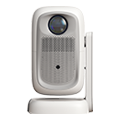
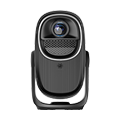

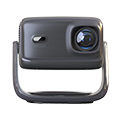
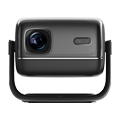
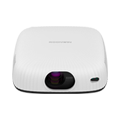
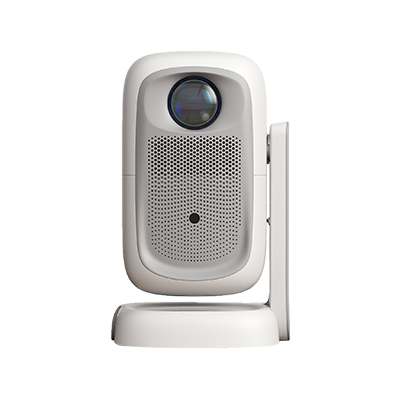
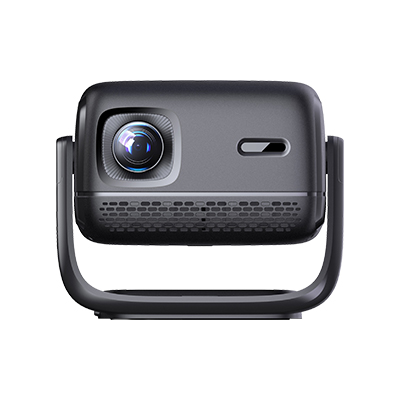
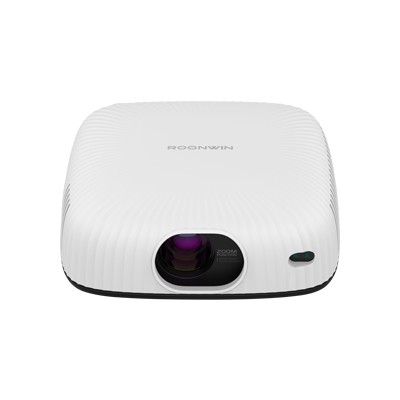









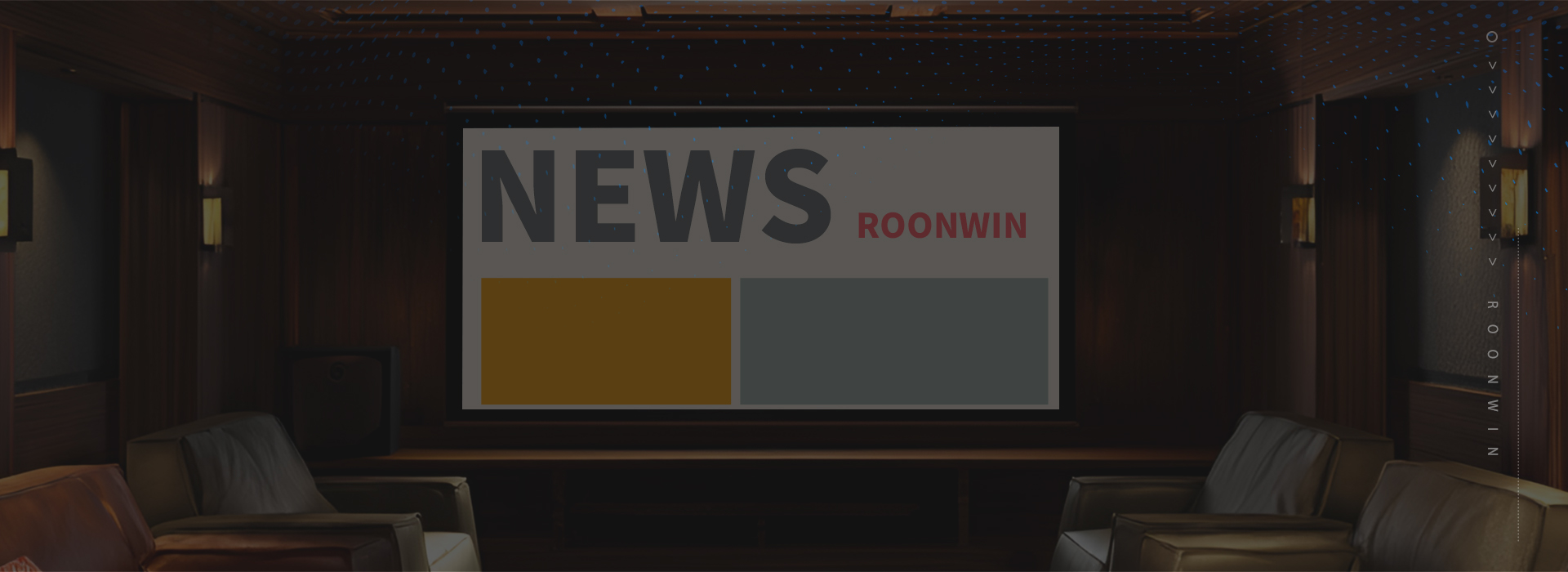
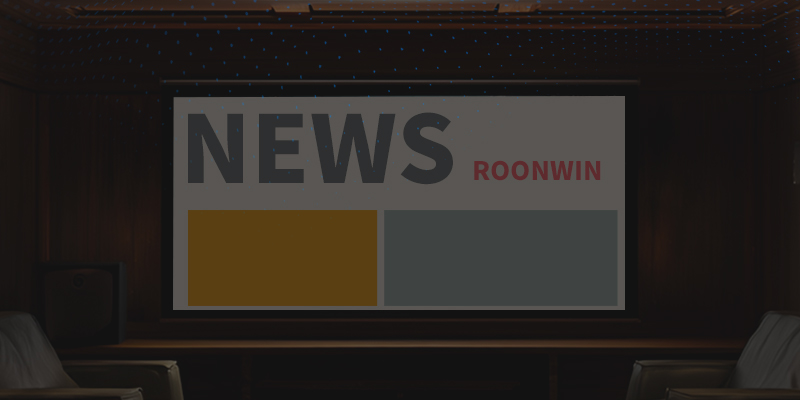
 Reviewed:
Reviewed:










